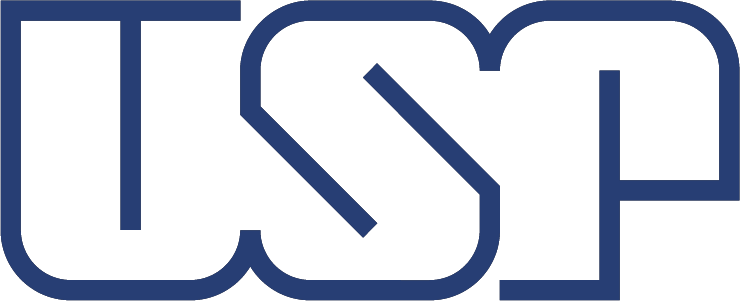Self-evaluation
The program is engaged in a continuous process of self-assessment. This self-evaluation process takes into account the program's mission and objectives and aims to internally monitor its overall quality, including its intellectual output, student training, and its impact on society.
To conduct the self-assessment, the program establishes a special committee, composed of three faculty members, one student, one staff member, and one external member. Alongside this committee, the coordinator and vice-coordinator act, being responsible for building bridges between the program's self-assessment, the external evaluation by Capes, and the university's own evaluation.
Self-evaluation Committee for the 2021-2024 quadrennium
- Evani Viotti (faculty member)
- Renata Mancini (faculty member)
- Ronald Beline (faculty member)
- Augusto Vicente Neto (student)
- Érica Flávia (staff)
- Marcello Marcelino Rosa (external member, Unifesp)
The program's self-assessment process aligns with its strategic planning and considers both internal factors, indicative of the program's strengths and weaknesses, and external factors, indicative of opportunities and threats arising from the broader context in which the program is inserted. In this sense, the self-assessment should continuously monitor whether the program is being successful (i) in maintaining and strengthening its strengths; (ii) in reversing its weaknesses; (iii) in exploring new opportunities; (iv) in responding to external threats.
We highlight that, as an important part of the self-assessment, the program holds annual immersive seminars (internally known as 'retiros'/'retreats'), outside the daily work environment, fully dedicated to the dissemination of results, discussions about the program's performance, adjustment strategies, and interventions in the face of detected deficiencies.
A detailed account of the program's self-assessment processes, procedures, and results for the 2021-2024 quadrennium, as well as its strategic planning for this period, can be found in the program's quadrennial report, in its sections 1.3 and 1.4, available here.

